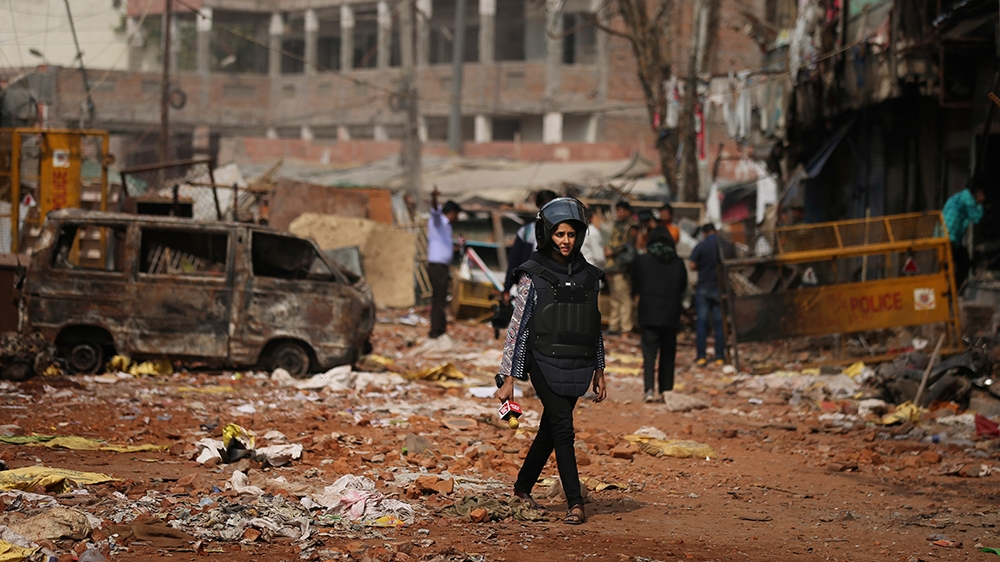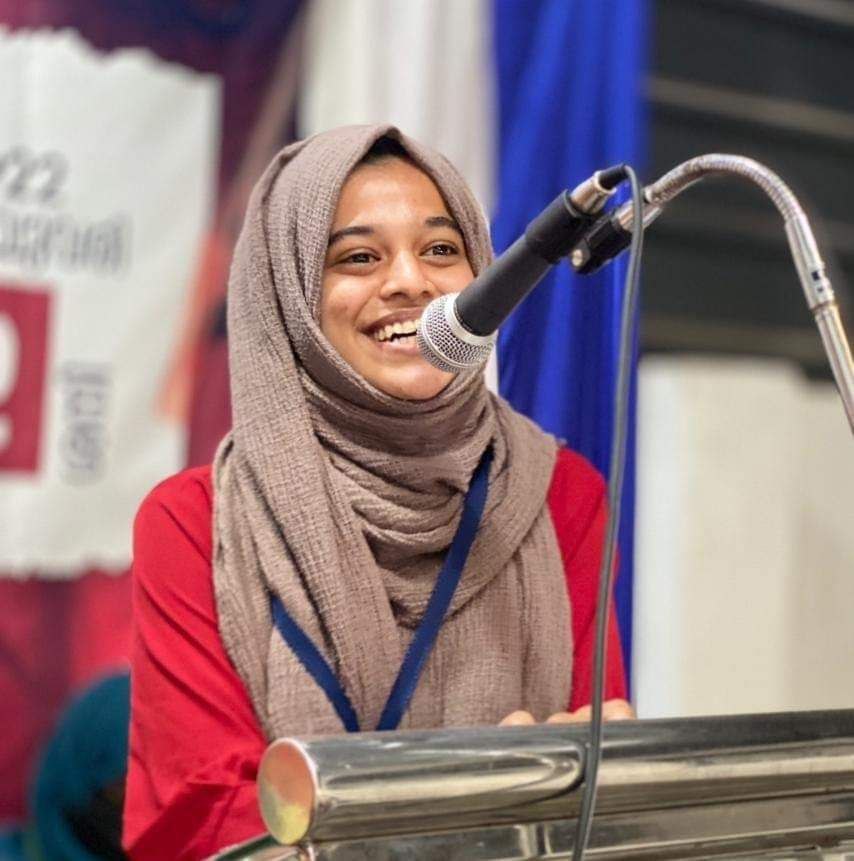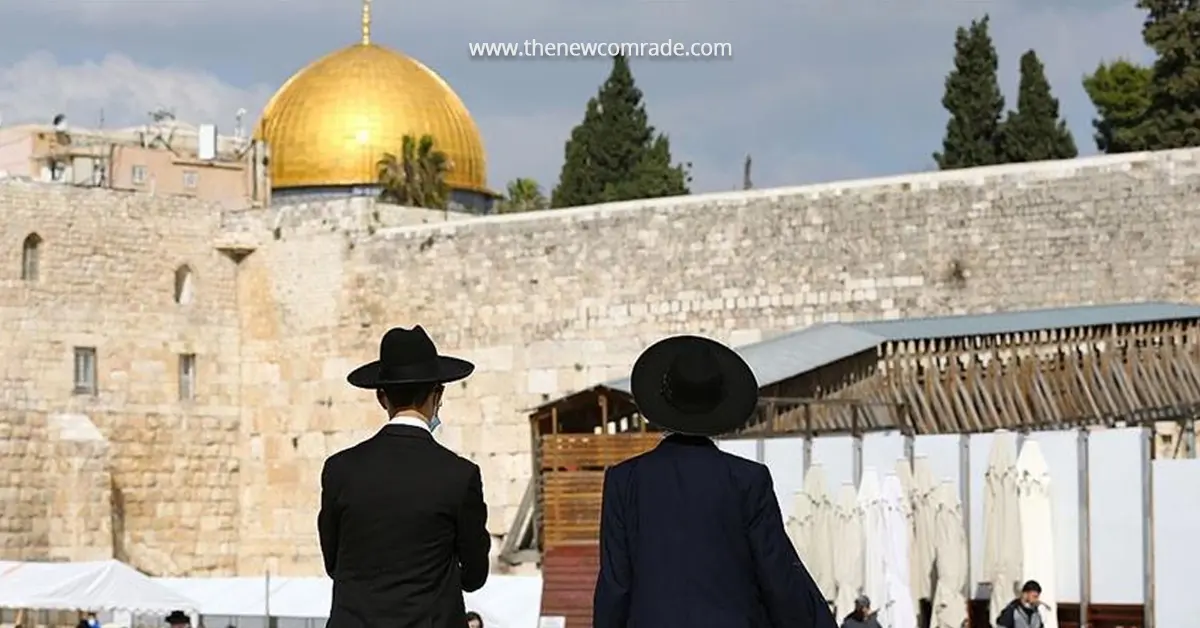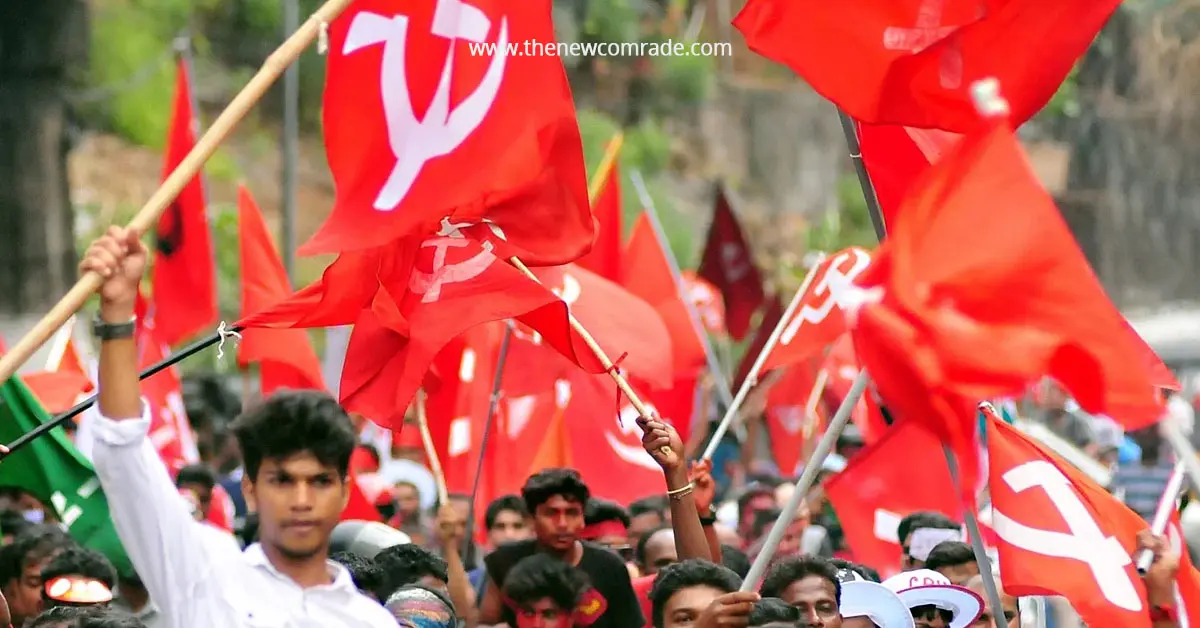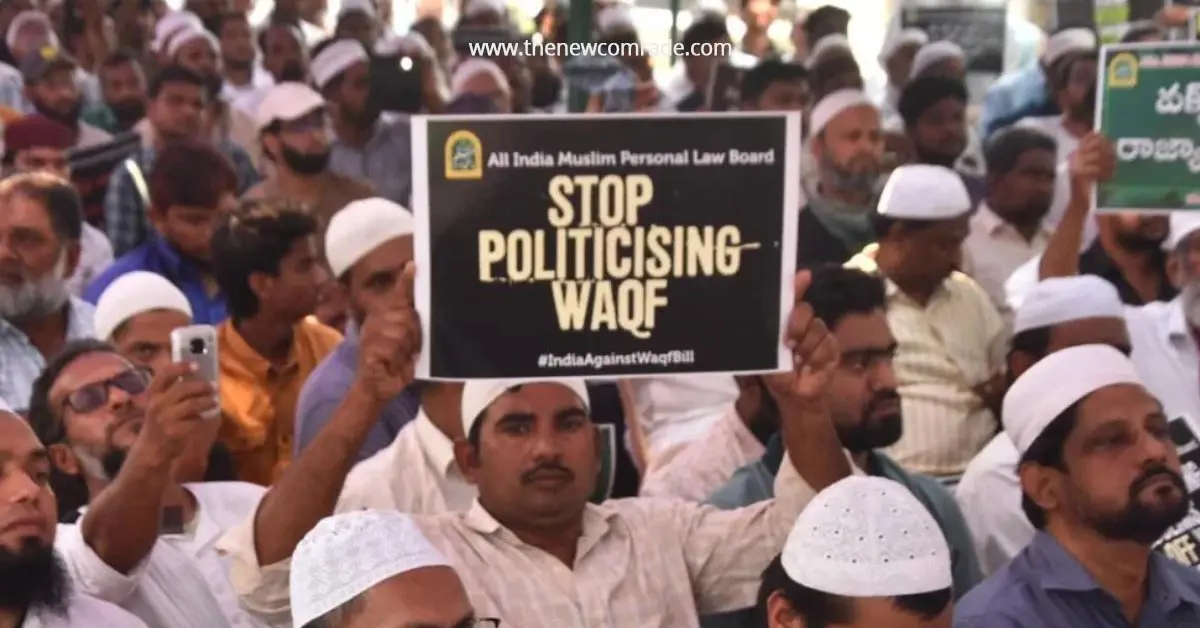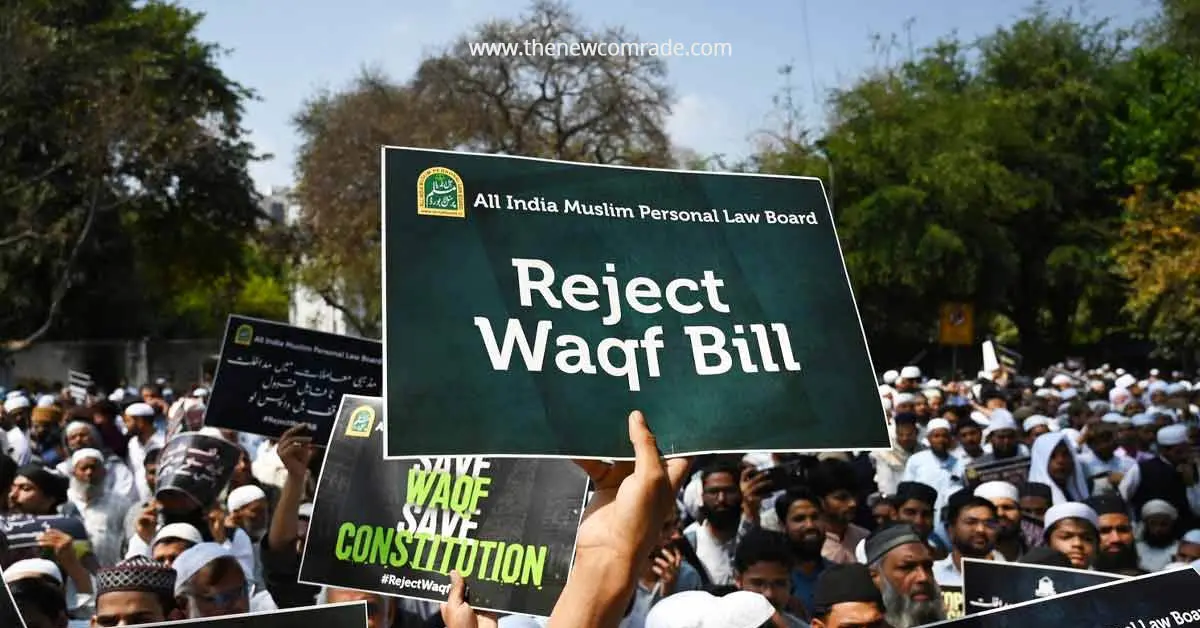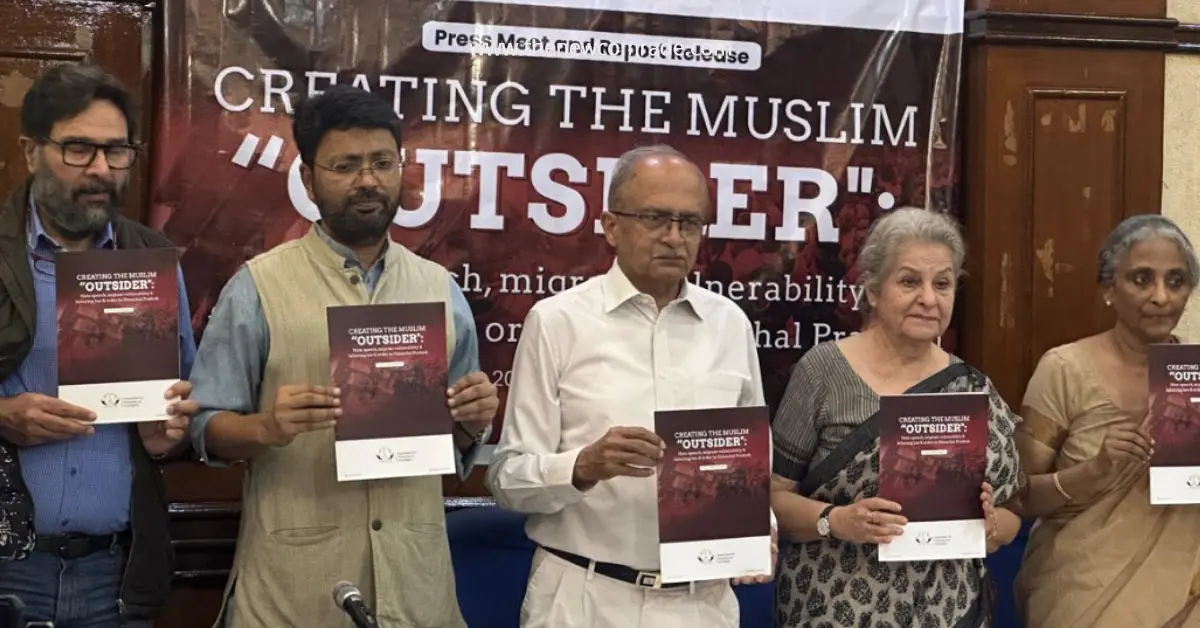Media most often is considered as the fourth pillar of democracy. Press freedom and freedom of expression are most contested terminologies in Modern India. A country’s cultural and political realm has often been viewed as being made/unmade by its media. The degree to which political events influence media coverage and vice versa in contemporary civilizations has been vigorously discussed by media experts. It is currently up for debate whether the media is simply a conduit for information or a source of power that shapes itself. This writing does not wish to ponder on the aforesaid statement, thus divert from here and focus on how jurisdiction uses it as a medium. This article tries to draw the role of media in the day to day functioning of fascist state and structural methods it deploy to slit throat it’s counterparts.
Pillars of democracy are supposed to be critical about the power structure, or it historically plays the role of pitching in voices of people and destabilize the regressive administerial structures and policies. In the age of “Godia”, can we still think of such possibilities to exist? This piece of writing attempts to investigate- by placing the life and works of Muslim journalists and state responses towards them- the present day role of medias in facilitating the fascist regime.
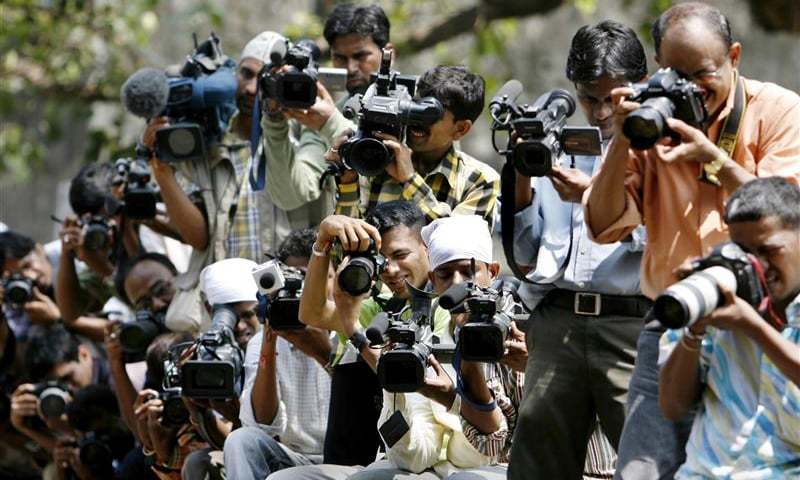
The State and the corporates have access to these virtual affinities, enabling them to shape and influence the target audience in such a way they deem fit. Given the fact that, Hindu mythology based Ramayana and Mahabharata serials were telecasted nationally on ostensibly secular state-run TVs, things are pretty much easier. As the dominant narrative in India asserts that, “Indianness” should necessarily be interpreted rigorously through the rubric of Hinduism, the “Modi Media” is also referred to as “Godia”- given it’s extensive entanglements. Discussions upon the question, whether the loopholes of Indian nationalism are being tamed by the Hindutva forces or if very idea serves as the foundation of our nation’s fundamental existence are being looked into. Simultaneously when this article does not hover around this issue, it is pertinent to note that the question is whether “Modi’s brilliance” the sole factor that makes a sizable crowd to accept anything Godia says or if the crowd itself is hoping for narratives that would appease their conscience. Whatever the case may, Modi and his allies were able to take advantage of the situation.
Modi’s electoral triumphs were largely attributed to his shrewd public relations and timely social media communications, as well as favorable mainstream media coverage He could achieve. We have witnessed the media vying with one another to enhance Modi’s image while also giving the public a legitimate presentation of his side. As the public gathered to praise the self-made leader, his bloody hands from Gujarat were watered down, only to project him as a pious experience. Amid adulation, India celebrated the images of Modi sweeping “green leaves” fallen from trees.
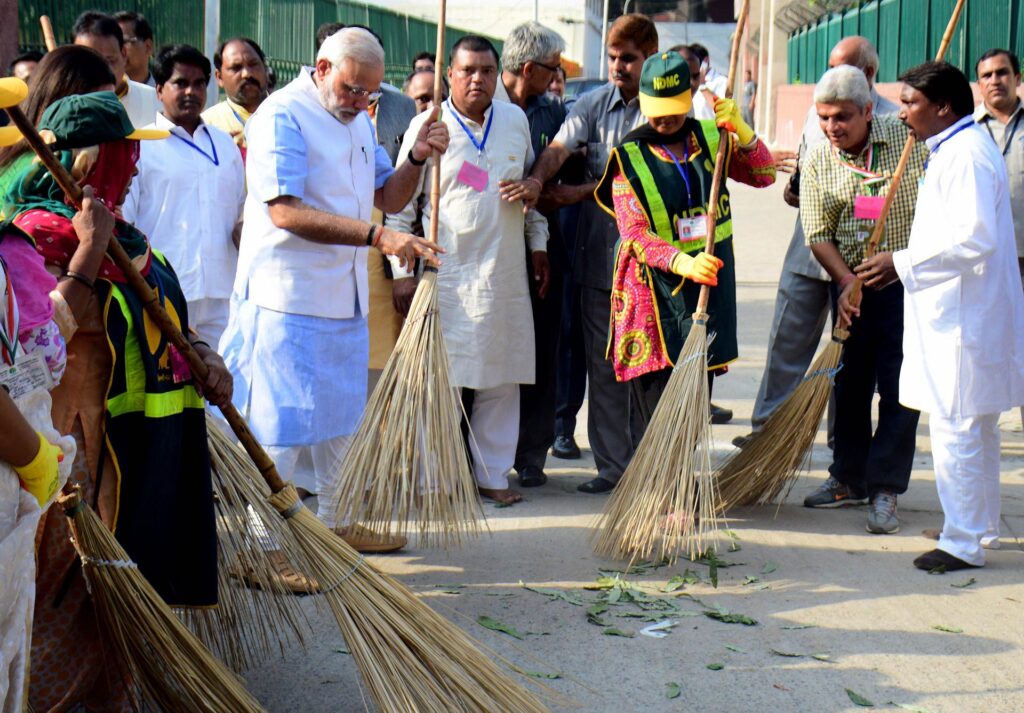
Severity of the issue ascends as the Avatar’s popularity spreads beyond facading the shortcomings of the administration. A situation has come, in which everything, radically, has changed. Prime time discussions- among others- of our TV channels and Media outlets are derailed to become “factories of hate”. We have seen how a carefully orchestrated team works with highly sophisticated tool to disseminate disinformation and hatred online, thanks to the whistle blowers. Stretching from the WhatsApp messages to BJP’s IT cell designing extensive manipulative network, the indoctrinated India produces mob lynching every other day. Social medias too are vital in constructing their narratives. Every social media handles are media profiles, one way or another. The potential of social medias are used to maximize the propaganda. They take upon the role of propaganda ministry of Indian fascists.
If journalists choose to tell a different story, jails awaits them, or they are subject to torture of monetary constraints, legal challenges, physical assaults, cyber abuses, so on and so forth. One can simply speculate what might a crowd- which holds that molten lead is to be poured into lower caste’s ears if or when they hear the Vedas- will do with the opposing factions, when truth is being spoken at their face. It does not go without saying that the situation of Muslim journalists obviously is even worse.
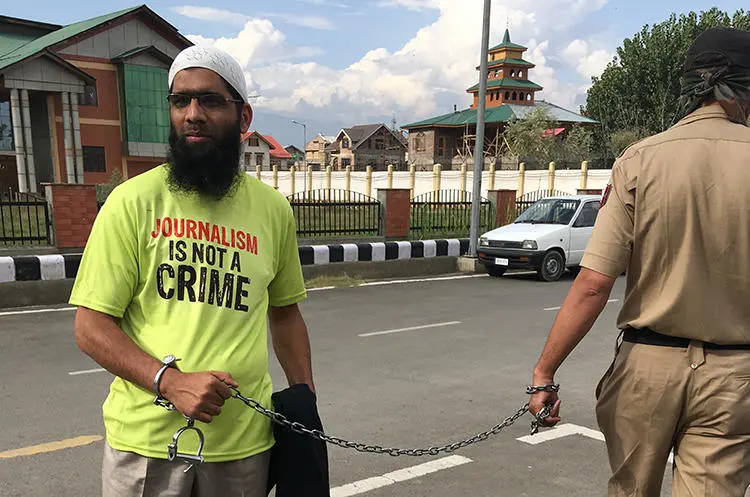
Undoubtedly, Indian Muslims who dare to speak truth suffer dreadful attacks on a daily basis. Muslim journalists lack the privileges to defend themselves from assaults as they document anti-Muslim propaganda that runs throughout the veins of the nation. Left with no other options, they are forced to work under appalling and vulnerable conditions. Sadly, often they themselves become the headlines.
It has been a long-standing practice in the nation to stifle the dissent by charging UAPA (Unlawful Activities Prevention Act). In 2018, the authorities are Asif Sultan, a journalist aligned with the Kashmiri Narrator magazine for charges under the UAPA. Siddique Kappan, a Kerala-based freelance journalist, who went to report the Hathras rape case in which a Dalit girl was raped and murdered by the upper caste Thakurs, was also met with granting jail by stating terror charges of UAPA.

We have witnessed events similar to the likes of Rana Ayyub, who underwent torture for exposing the truth. Beyond that, a grave situation has come where we witness journalists being punished before reporting. Not only does the state, but also the mob issues punishment! The Hindustan Gazette’s Meer Faisal and independent journalist Arbab Ali were beaten and manhandled by a crowd at a Hindu Mahapanchayat.
A great deal of Muslim journalists experience intense emotional pressure on top of legal and physical persecutions. The enormous burden that journalist Akhlad Khan, who was only 28 years old, had to deal with as he was extensively covering hate crimes and was closely monitoring the cases related to the 2020 pogrom happened in Northeast Delhi, led to his death from heart failure. Unbearable anguish has been experienced by Muslim women journalists who were silenced by Hindutva supremacist alt-right organizations’ by placing them up for fake “auction” online for at least twice.
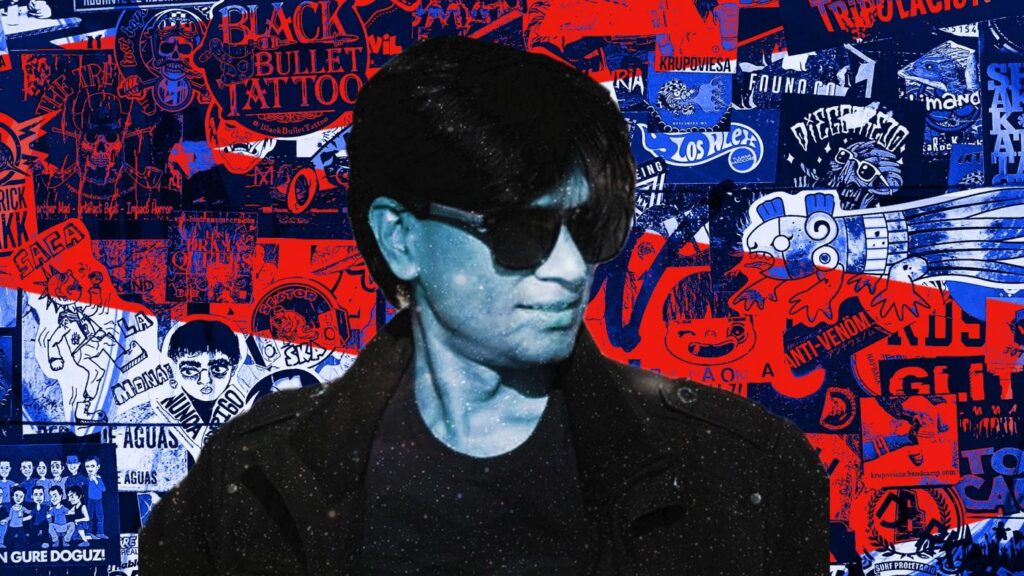
In order to prevent the world from learning about such unpleasant news from country, the authorities are also attempting to stop journalists from travelling overseas and using global platforms. Muhammed Zubair of Alt news was the most recent journalist to suffer at the hands of the government. Zubair and his organization has been instrumental in debunking fake news in India. Facts that threatened the crux of government narratives. On the other side IT cell produced a video circulated via Republic TV becomes an important evidence in Delhi riot case for police.
It takes a lot of courage to speak out against the tyranny. But as Rana Ayyub has said, to call them “brave” is to carry the burden of our struggles on their shoulders. Such awful circumstances shouldn’t be forced upon any Muslim journalists.
[/et_pb_text][/et_pb_column][/et_pb_row][/et_pb_section]